Nasal pain is often associated with problems in the umbilical cavity. Less commonly, nose pain can be caused by problems with one or more nerves that control facial sensation.
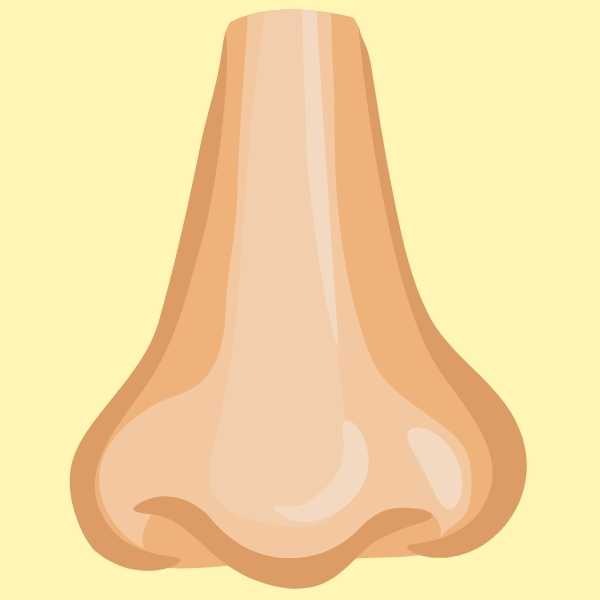
Nose pain common reasons
- Sinusitis
- Non-specific nasal injury
- Pimples
- Frostnip of the nose
- Broken nose
- Cellulitis
Explanation of Common nose pain symptoms
Various nerves and their branches control sensation in the face and nose. Sometimes damage to these nerves can cause uncomfortable pain in different parts of the face.
However, nasal pain is more often associated with problems specific to the nasal cavity than the nerves.
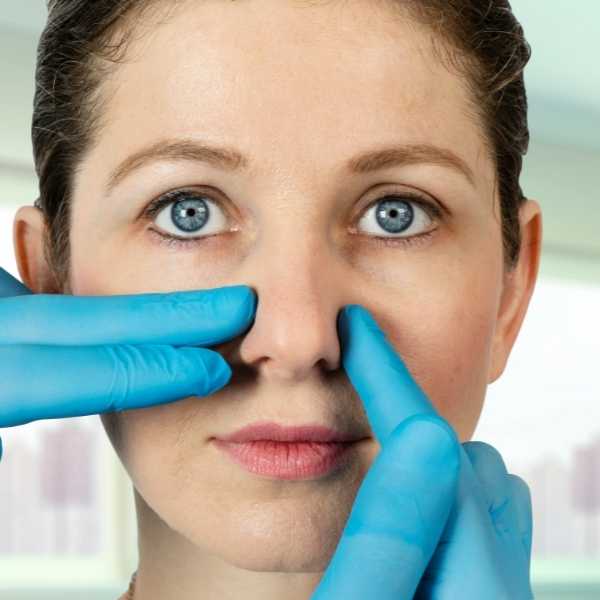
Additional Common symptoms of nose pain
Symptoms of nasal cavity dysfunction that can lead to nasal pain include:
Runny nose
itchy eyes
congestion or blockage
face pain
Tenderness and swelling around the cheeks, eyes, and forehead.
Thick, yellow nasal discharge
Reduced sense of smell
Difficulty breathing through the nose
cough
Sneeze
throat pain
earache
Tooth or jaw pain
Nose bleed
Why does my nose hurt?
Fortunately, while nasal pain can be extremely uncomfortable, its causes are limited.
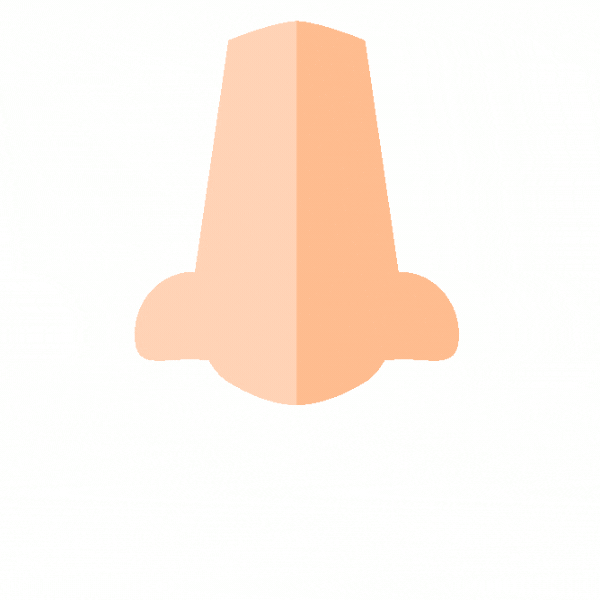
Other causes
Conditions that cause your body to mount a natural immune response against irritations and injuries, infections, allergies, and autoimmune diseases can all cause nasal pain.
Pain is a primary sign of inflammation and is often associated with inflammatory causes of nasal pain. It is a fairly common condition, with nearly 37 million Americans experiencing at least one episode of acute rhinitis each year.
Upper breathing illness:
Whether due to viral or bacterial causes, when the nasal passages become infected, symptoms such as congestion, discharge, and runny nose appear.
The constant irritation of the nasal cavity leads to inflammation, which can cause swelling and pain.
Cause of Allergy:
Airborne allergens like pollen and hay can make even the healthiest of people sneeze. However, when the immune system overreacts to these common irritants, as in people with severe allergies, chronic inflammation of the nasal passages can result.
This leads to persistent congestion, sneezing, and swelling of the nose and face, which often becomes painful.
Cause of Sinusitis:
This is a condition in which the sinuses in the nasal cavity become inflamed, often due to upper respiratory illnesses or allergies. This condition can be acute or chronic and mainly affects nasal drainage, resulting in deposits.
The resulting build-up puts pressure on the area around the face, eyes, and cheeks, causing both nasal pain and facial tenderness.
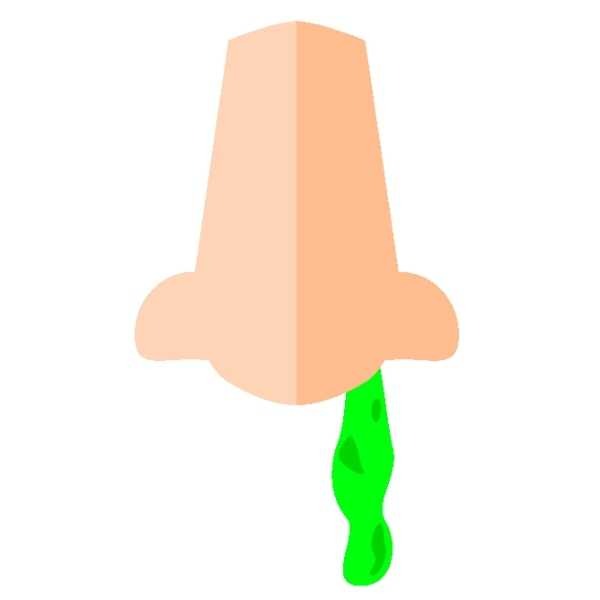
Trauma-related causes
Anything that causes a direct injury to the nose, a blow to the face, a car accident, or a traumatic fall can cause extreme nose pain, especially if the nose is broken.
These causes may also be associated with visible deformities and bleeding, depending on the severity of the trauma.
Obstructive/structural causes
Nasal pain can have obstructive or structural causes, such as B. the following.
Nasal polyps:
Sometimes the nose can be covered with benign, soft, painless growths called nasal polyps.
The mechanism by which these polyps develop is currently unknown, but they can cause the inner nasal cavity to swell, leading to blockages and obstructions that worsen symptoms.
Structural abnormalities – such as a deviated septum or a narrow nasal passage, can also cause pain, swelling, and associated symptoms.
environmental causes
Environmental causes of nose pain may include the following.
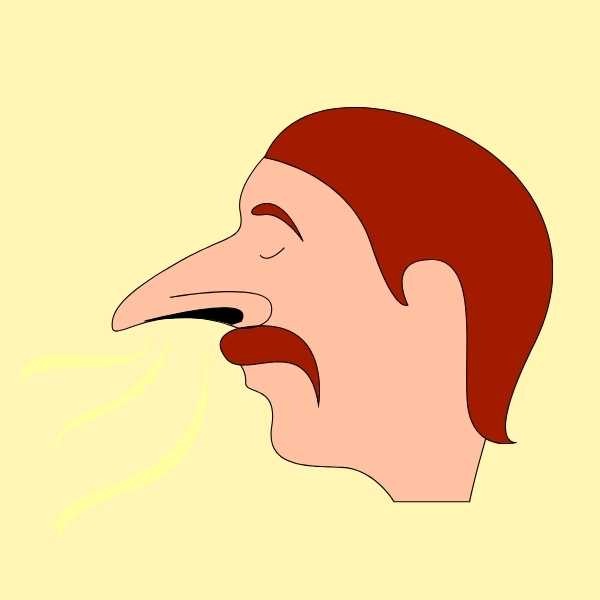
Insects:
Bugs are generally a nuisance, but the bugs get even more annoying when they touch your nose.
A bite of an insect, mosquito, spider, flea, etc. it can make the nose swollen and it can also become irritating and painful.
Not Allergic:
Although irritants like dust, smog, and smoke can trigger allergic reactions, there is no evidence of an allergic reaction in some people.
These situations cause symptoms similar to allergic rhinitides, such as sneezing, swelling, congestion, and especially nasal pain.
7 diseases of the nose
This list does not constitute medical advice and may not accurately reflect what you have.
Cellulitis
Cellulitis is a bacterial infection of the deep layers of the skin. It can appear anywhere on the body but is most common on the feet, lower legs, and face.
The condition can develop when Staphylococcus bacteria invade skin broken by a cut, scrape, or an existing skin infection such as impetigo or eczema.
Most susceptible are people with weakened immune systems due to corticosteroids or chemotherapy, or circulatory problems due to diabetes or other vascular diseases.
Symptoms appear somewhat gradually and include painful, red skin.
If left untreated, the infection can become severe, producing pus and destroying surrounding tissue. In rare cases, the infection can lead to blood poisoning or meningitis.
Symptoms such as severe pain, fever, cold sweats, and rapid heartbeat should be evaluated by a doctor immediately.
Diagnosis is based on physical examination.
Treatment consists of antibiotics, keeping the wound clean, and sometimes surgery to remove dead tissue. Cellulite often comes back, so it’s important to treat any underlying conditions and boost your immune system with rest and good nutrition.
Rarity: Uncommon
Main symptoms: fever, chills, flushing, facial swelling, facial pain
Symptoms that always occur with cellulite: facial redness, red patch of skin
Emergency: family doctor
Acute viral sinusitis
Acute viral sinusitis, also called viral rhinosinusitis or “sinus infection,” occurs when viruses lodge and multiply in the sinuses of the face.
Most of the time it is caused by the same viruses that cause the common cold and is spread in the same way when an infected person coughs or sneezes.
Since children have small and underdeveloped sinuses, this disease is much more common in adults.
Symptoms include a clear (not greenish or yellowish) nasal discharge, fever, and pain when the facial cavities are compressed.
If you have a rash, severe fatigue, or neurological symptoms (seizures, loss of sensation, weakness, or partial paralysis), see a doctor rule out more serious conditions.
The diagnosis can usually be made from history and examination alone.
Antibiotics only work against bacteria and cannot help against a viral illness. Therefore, treatment consists of rest, fluids, and medications for fever and pain such as ibuprofen. (Do not give aspirin to children).
The symptoms of viral sinusitis last between 7 and 10 days. As with the common cold, frequent and thorough hand washing is the best prevention.
Rarity: common
Main symptoms: headache, cough, sinus symptoms, sore throat, constipation
Symptoms that always occur with acute viral sinusitis: Symptoms of sinusitis
Symptoms that never appear with acute viral sinusitis: being seriously ill
Emergency: self-treatment
Broken nose
Nose fractures are common. The force required to break the nasal bones is less than any other facial bones due to their thinness and position. In children, treatment and diagnosis vary because the bones may not be fully formed.
Rarity: Uncommon
Main symptoms: mouth breathing, constant nasal pain, nasal congestion, nasal pain from trauma, nosebleeds
Symptoms always associated with a broken nose: nose pain from trauma, swollen nose, constant nose pain
Emergencies: Hospital emergencies
Critical bacterial sinusitis
Acute bacterial sinusitis, also called bacterial rhinosinusitis or “sinus infection,” has similar symptoms to viral rhinosinusitis, but with different treatments.
Any sinusitis usually starts with viruses from a cold. Sometimes a secondary bacterial infection occurs. Like cold viruses, these bacteria can be inhaled after an infected person coughs or sneezes.
Anyone with viral sinusitis, upper respiratory tract allergy, nasal passage abnormalities, lung disease, or a weakened immune system is more susceptible to bacterial sinusitis.
Symptoms include a thick yellowish or greenish nasal discharge; unilateral pain in the upper jaw or the teeth; breast pain and pressure on one side only; Tired; Fever; and symptoms that worsen after an initial improvement.
Seek immediate medical attention if you have a severe headache, high fever, stiff neck, or blurred vision. These can indicate a medical emergency.
The diagnosis is made by a simple examination at the doctor’s office.
Bacterial sinusitis can be treated with antibiotics, but this is not always necessary. Rest, fluids, and over-the-counter pain relievers and decongestants are often enough.
Prevention involves a good lifestyle and good hygiene to keep the immune system strong.
Rarity: common
Main symptoms: fatigue, headache, cough, sinus symptoms, muscle aches
Symptoms that always occur with acute bacterial sinusitis: Symptoms of sinusitis
Symptoms that never appear in acute bacterial sinusitis: clear runny nose, being seriously ill
Emergency: family doctor
Iatrogenic nose condition
Nose surgery or a nose piercing can cause side effects ranging from infection, pain, and swelling to numbness and decreased sense of smell.
Rarity: Uncommon
Main symptoms: nose pain, nose bleed, lump in or on the nose, nasal redness, swollen nose
Emergency: Phone call or visit to the doctor.
Frostnip of the nose
Frostbite is damage to the outermost layers of skin caused by exposure to cold (32 F or 0 C or less). It is most commonly found in people who participate in recreational activities such as camping, hunting, or snow sports.
Rarity: Rare
Main symptoms: nose pain, red nose, numb nose, cold nose, blue or purple discoloration from cold
Symptoms that always occur with frostbite in the nose: runny nose
Emergencies: Personal visit to the doctor
Cause of Pimple
Blackheads are also called comedones, blemishes, blemishes, or “pimples”. Medically, they are small rashes filled with oil, dead skin cells, and bacteria.
Pimples often appear during puberty when hormones increase sebum production in the skin and sometimes clog pores.
Young people between the ages of 13 and 17 are the most susceptible.
Symptoms include clogged pores, which may appear flat and black on the surface as the oil darkens with exposure to air; clogged pores that appear white on the surface because they have been clogged with dead skin cells; or swollen, yellowish-white, pus-filled blisters surrounded by reddened skin.
Pimples eruptions on the skin can affect the quality of life, make a person feel uneasy about their appearance, and cause skin pain and discomfort. A medical professional can help you treat the condition, sometimes by referring you to a dermatologist.
Diagnosis is based on physical examination.
Treatment consists of improving the diet; keeping skin, hair, clothes, and towels very clean; and the use of over-the-counter acne remedies.
Rarity: common
Main symptoms: pink or red facial mass, small facial mass, painful facial mass, marble-sized facial mass
Symptoms always associated with pimples: pink or red bump on the face
Emergency: self-treatment at home.
Non-specific nasal injury
Nose injuries are very common due to the position of the nose on the face. Although fragile, many injuries to the nose are no fractures.
Rarity: Uncommon
Main symptoms: constant nasal pain, nasal pain due to trauma, swollen nose, bruised nose, nose bleed after blow to the nose
Symptoms that always occur with nonspecific nasal injuries: nasal pain due to trauma, constant nasal pain
Emergency: Meet with the family doctor.
Treatments and relief for a sore nose
Along with overusing insecticides and avoiding certain foods, environmental causes of nose pain symptoms can be difficult to prevent. However, if your symptoms are due to a traumatic cause, make an appointment with your doctor quickly to evaluate a serious injury.
Possible treatments at home
You can try the following home treatments to relieve or possibly prevent a sore nose.
Rest and Ice – Place an ice pack on your nose every 15 minutes to minimize further irritation and prevent persistent fluid buildup in the tissues.
Limit exposures that cause upper respiratory tract infections: Upper respiratory tract infections are contagious and usually spread from person to person.
Limit contact with people with cold symptoms, wash your hands frequently, and use other good hygiene practices.
Avoid Pollutants: Cigarette smoke and other pollutants can irritate and inflame the nasal passages both allergic and non-allergic. Take steps to limit your exposure to these pollutants to prevent symptoms of nasal congestion.
Management of Allergies and Inflammatory Conditions: Controlling the symptoms of seasonal allergies and other inflammatory conditions help protect the nose from stresses that can quickly cause pain and associated symptoms.
When at the doctor
If these lifestyle changes don’t improve your symptoms, make an appointment with your doctor. Nose pain symptoms may indicate an underlying chronic problem that requires professional treatment, such as B. the following.
Rinsing:
Nasal sprays or saline solutions can remove irritants from the nasal passages, reduce congestion, and promote drainage. This can go a long way in reducing pain resulting from both inflammatory and obstructive causes.
Anti-inflammatories:
Medications that prevent and treat inflammation, such as inhaled corticosteroids, are commonly used to address the many causes of internal nasal pain and inflammation.
Decongestants:
By relieving congestion and blockages, decongestants can help relieve pain and associated symptoms.

Pain relievers:
Your doctor may prescribe over-the-counter pain relievers to help fight the symptoms of a nasal infection.

